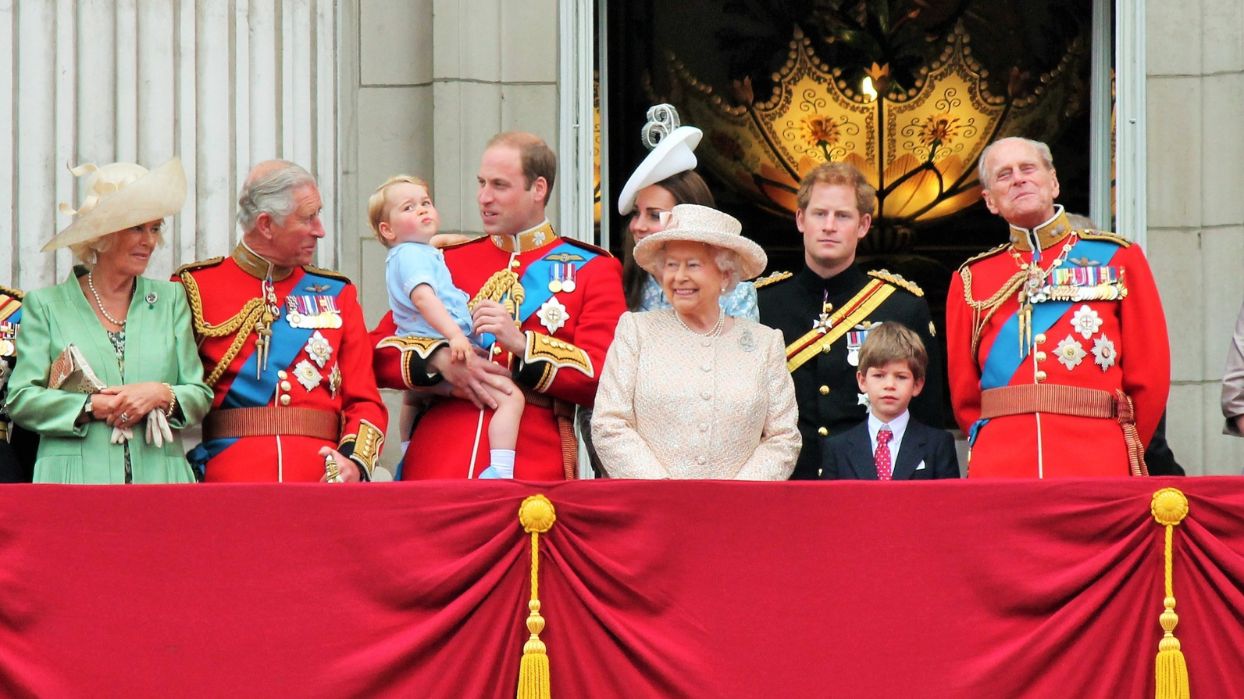Fraudulent calumny is a category of claim that can be brought to challenge the validity of a will. It is an allegation that somebody has poisoned the testator’s mind, causing them to change their will.
Trusts and Probate Litigation associate Judith Swinhoe-Standen draws on fraudulent calumny cases to consider what makes these claims so difficult to prove.
Proving fraudulent calumny
Fraudulent calumny is a relatively unusual claim to bring, perhaps in part because it rarely succeeds.
The alleged ‘poisoner’ is inevitably somebody receiving greater provision from the estate than the claimant considers fair. The claimant might believe the poisoner has taken matters into their own hands to secure this.
To prove fraudulent calumny, the claimant must demonstrate that:
- A false representation (or series of false representations) was made;
- The representation was made to the testator;
- The representation was about the character of an existing or potential beneficiary of a will;
- It was made for the purpose of inducing the testator to alter his testamentary dispositions either to (i) leave more to the perpetrator of the false representation or (ii) exclude or leave less to the subject of the false representation;
- The false representation must have been made in the knowledge that it was untrue or with recklessness as to its truth; and
- On the balance of probabilities, the false representation induced the testator to change their will.
Unsuccessful claims
Fraudulent calumny is notoriously difficult to prove, in particular, because claimants can struggle to demonstrate a direct link between the alleged falsehoods and the terms of the will (see limbs 4 and 6 above).
Fraudulent calumny does not have to be the only reason for the change in the will (see Christodoulides v Marcou [2017]), and other contextual reasons are likely to be relevant and can reduce the strength of the fraudulent calumny argument.
For example, the testator might have formed their own unfavourable view of the claimant and decided to exclude them for reasons relating to that (see Bateman v Overy [2014]) or decided to benefit one person to the exclusion of another due to contrasts in their respective behaviours over time (see Rea v Rea [2019]). Alternatively, the testator and claimant may have been estranged. The court found that this, rather than fraudulent calumny, explained the testator’s decision in Morris v Fuirer [2021].
Furthermore, in relation to limb 5 above and as set out in Re Edwards [2007], “if a person believes that he is telling the truth about a potential beneficiary then even if what he tells the testator is objectively untrue, the will is not liable to be set aside on that ground alone”. This was the case in Re Boyes [2013], in which the fraudulent calumny claim accordingly failed.
If a claimant challenges the will on several grounds, including fraudulent calumny, the claim might succeed on the other grounds but fail on fraudulent calumny, such as in Clitheroe v Bond.
What does a fraudulent calumny claim look like?
Fraudulent calumny claims are typically evidence-heavy.
Much of the context of a fraudulent calumny claim comes from the nuances of family relationships (often dating back to the parties’ childhoods), the private conversations the deceased has had with the parties and what the deceased might have reported to third parties about those conversations. In all likelihood, there will be inconsistencies between the various conversations and in the witnesses’ memories of them, so there are often conflicting accounts of the same events. This means that the evidence is often complex and the witnesses numerous. For example, in Sharpe v Dyson [2022], there were four witnesses for the claimant and seven for the defendants.
The court must also examine whether the alleged perpetrator of the false representations genuinely believed they were true and can order them to disclose evidence of the reasons for their beliefs (as in Whittle v Whittle [2022]).
From the other perspective, someone alleging fraudulent calumny might struggle to prove the content of conversations between the deceased and the alleged perpetrator of the false information. This is especially so if there have been periods of estrangement between the claimant and the deceased (as there were in Morris v Fuirer) or, more commonly, where the conversations in question have taken place behind closed doors.
Successful claim – Speakman v Muir
In Speakman v Muir [2022], the court set aside three wills the deceased had made in quick succession in early 2018 on the grounds of fraudulent calumny.
The claimant (C) was the deceased’s son. The three wills had steadily reduced and eventually extinguished his entitlement to his father’s estate; under previous wills, he had been due to receive half. The first defendant (D1) was the deceased’s household assistant, and the deceased left valuable personal items to her under the wills and substantial cash legacies to her granddaughters.
The latest will was accompanied by a note from the deceased explaining that he had excluded C from benefiting because C had taken personal property from the deceased’s previous residence and refused to return it. C had taken some items, but this was at the deceased’s express invitation. C alleged that D1 had poisoned the deceased’s mind by telling him that C was financially abusing him and had stolen items from him.
Although the judge found almost none of the witnesses wholly reliable, he focused on some striking contradictions in D1’s evidence. She said that her role in the wills’ preparation was limited (and attempted to conceal it). In fact, she had organised and attended meetings with the deceased and a will drafter and given them her contact details under the pretence she was the deceased’s niece. She was also familiar with the contents of the wills, which did not align with a limited role in their preparation.
The judge observed that the deceased’s physical and emotional vulnerability meant he was easily influenced by D1’s domineering character and hostility towards C. The judge found it was D1’s intention to influence the deceased to amend his will in her favour.
Successful claim – Whittle v Whittle
Whittle v Whittle was also successful, but for simpler reasons.
The deceased bequeathed his son (the claimant (C)) only some cars and the contents of his shed and garage, provided that C cleared these at his own cost. On the other hand, C’s sister (S) and her partner (the defendants to C’s claim) received the residue.
C alleged S had exerted undue influence on the deceased by fraudulent calumny in that she had falsely told him that C was violent, dishonest and immoral. C also claimed S had stolen money and tried to obtain the deceased’s personal financial information while he was in hospital. C believed S knew her aspersions were untrue, but S claimed she thought they were true.
The defendants were ordered to provide disclosure of any evidence to support their belief in the truth of S’s statements to the deceased. They failed to do so. They also failed to comply with a costs order earlier in the proceedings. Consequently, they were debarred from participating. The trial went ahead without them, and the court found in favour of C on a combination of his undue influence and fraudulent calumny arguments.
Interestingly, the deceased was found to have had testamentary capacity when he made his will, and the court did not question this. This shows that a testator can still be vulnerable to fraudulent calumny or undue influence even where they have capacity. Although it is common for capacity arguments to be advanced alongside undue influence and fraudulent calumny, Whittle v Whittle shows that they do not always go hand in hand.
Overlap with delusions
The principles surrounding the testator’s experience of fraudulent calumny are similar to those applied to delusions (which we wrote about here) in that they involve false information causing the testator to change their will. An early fraudulent calumny case (White v White and Cato (1862)) refers to a potential beneficiary instilling “false and delusive notions” into the deceased’s mind, which was already weakened by failing capacity. Delusions are, in a way, a self-inflicted form of fraudulent calumny.
What to watch out for in a fraudulent calumny claim
As fraudulent calumny claims are often based on a jigsaw of evidence, it is worth maintaining a detailed account of who has said what and identifying discrepancies in descriptions of the same event or issue. Even small or seemingly unremarkable details can be important components of the bigger picture, especially as these claims often revolve around shifting family relationships.
At the will-drafting stage, it can be difficult to identify that the testator’s wishes are motivated by false information. If the reason given by the testator for excluding somebody from their will seems a reasonable reaction to the seriousness of their alleged conduct, and the alleged conduct is not so peculiar as to raise immediate questions about its veracity, a will-drafter is likely to accept that the testator is justified in excluding that beneficiary or reducing the benefit they receive.
Notwithstanding this, if a client wishes to exclude a close relative from their will, will-drafters would be well-advised to make further enquiries of the testator about the family background to ensure the apparent testamentary wishes are not the product of fraudulent calumny.
You can find further information regarding our expertise, experience and team on our Trust and Probate and Divorce and Family pages.
If you require assistance from our team, please contact us or alternatively request a call back from one of our lawyers by submitting this form.
Subscribe – In order to receive our news straight to your inbox, subscribe here. Our newsletters are sent no more than once a month.




